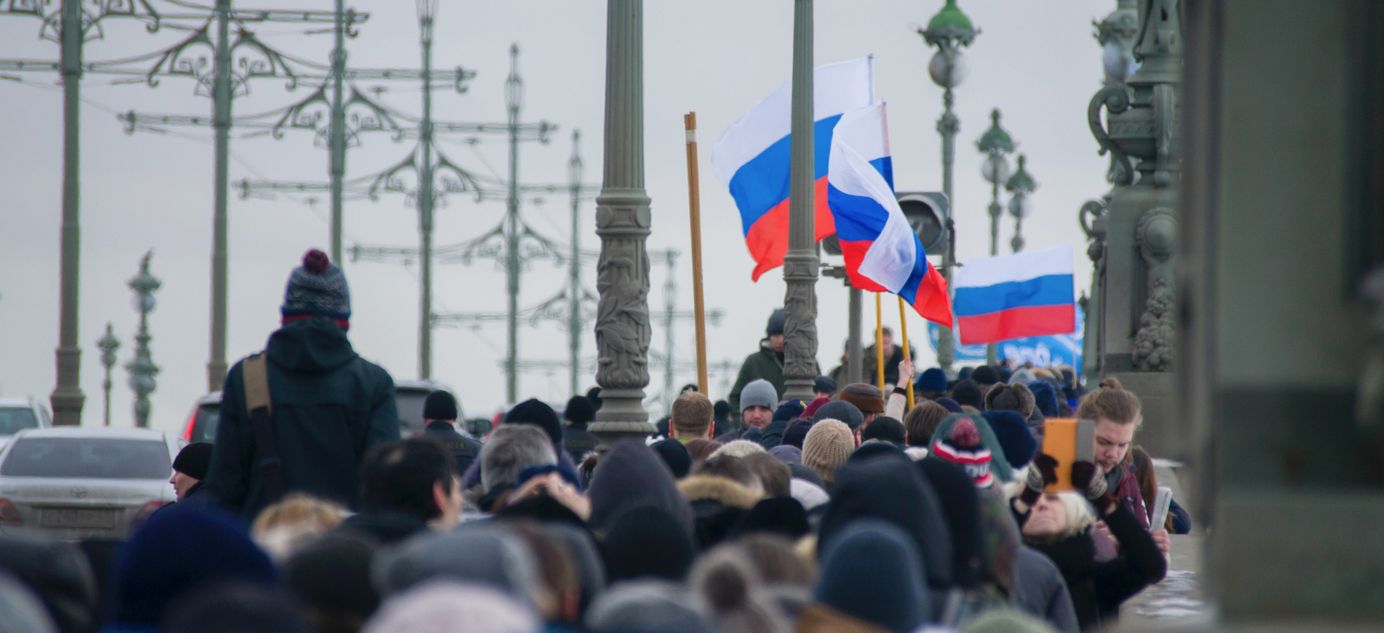
Limits on Russian oil unlikely to pose critical threat to economy
This week sees the start of several new restrictions on Russian oil exports. An embargo came into force Monday that blocks Russian seaborne oil supplies to Europe. Moreover, on Friday evening, the European Union finally agreed on an important accompanying measure — a price cap on Russian oil that companies from China and India will be expected to observe if they wish to retain access to Europe’s insurance and shipping services.
- For typical petrostates like Russia, this is, at the very least, unpleasant news. The country is the world’s leading oil exporter and ranks third in global oil production. Russia gets about a third of its revenue from selling oil and gas (sales of crude oil and petroleum products made up 37% of Russia’s overall goods export last year). The oil embargo and price cap are seen as important weapons to prevent Russia from financing its war in Ukraine.
- However, rising energy prices caused by the war play into Russia’s hands and the country can compensate for any restrictions thanks to increased oil and gas revenues. According to figures from the Finance Ministry, those revenues were up 34.2% in the first 10 months of this year.
- The G7 countries and Australia have agreed on a price cap of $60. However, this will not be a shock for Russia: it’s exactly what budget rules coming into force next year plan for the price to be. The Western countries will review the price cap every two months, but it must remain at least 5% below the average market price for Russian oil.
- The big question is: how hard will Russia’s revenues be hit? Russia’s energy revenues have been at the center of attention ever since the invasion of Ukraine. Many commentators are convinced that Russia is funding its war directly from its oil and gas exports. “If we’re buying Putin’s oil, we’re paying for his war crimes,”former NATO General Secretary Anders Fogh Rasmussen wrote earlier this year.
- In the spring, the U.S., Canada and Britain imposed an embargo on Russian oil. But Western companies quickly realized that this was an ineffective measure against Russia, because energy prices rose and the Russian budget got even more money. From Dec. 5, the EU is introducing not just a ban on Russian seaborne oil imports, but also restrictions preventing European companies from transporting or insuring Russian oil. Therefore, to prevent price rises, the G7 countries and Australia simultaneously agreed on a price cap.
- A combination of the price cap and a 2 million barrel fall in daily oil production could cost Russia $20 billion in lost oil exports every year, according to Marcel Salikhov, director of the Institute of Energy and Finance. “However, this is not some kind of huge loss that will stop all exports,” he added.
- After the price cap, Russia will have to sell oil to China and India at an ever greater discount. But, even if these discounts turn out to be substantial (at present it’s hard to predict their exact size), this will not be catastrophic.
- The price cap is also necessary to enable European shipping companies to continue transporting oil (currently they serve 50% of the global market). However, Russia can find ways around those restrictions. According to the Financial Times, Moscow is assembling a “shadow fleet” of old tankers. And Salikhov said Russia could provide state guarantees to insure tankers and their cargoes. For India and China, it is fairly unimportant who will pay out on any insurance claim.
Why the world should care
Western countries and their allies hope that these new restrictions will hit Russia’s ability to raise money. For now, though, it’s premature to suggest they could have a big impact on the Russian economy, or even put much of a dent in energy revenues.





